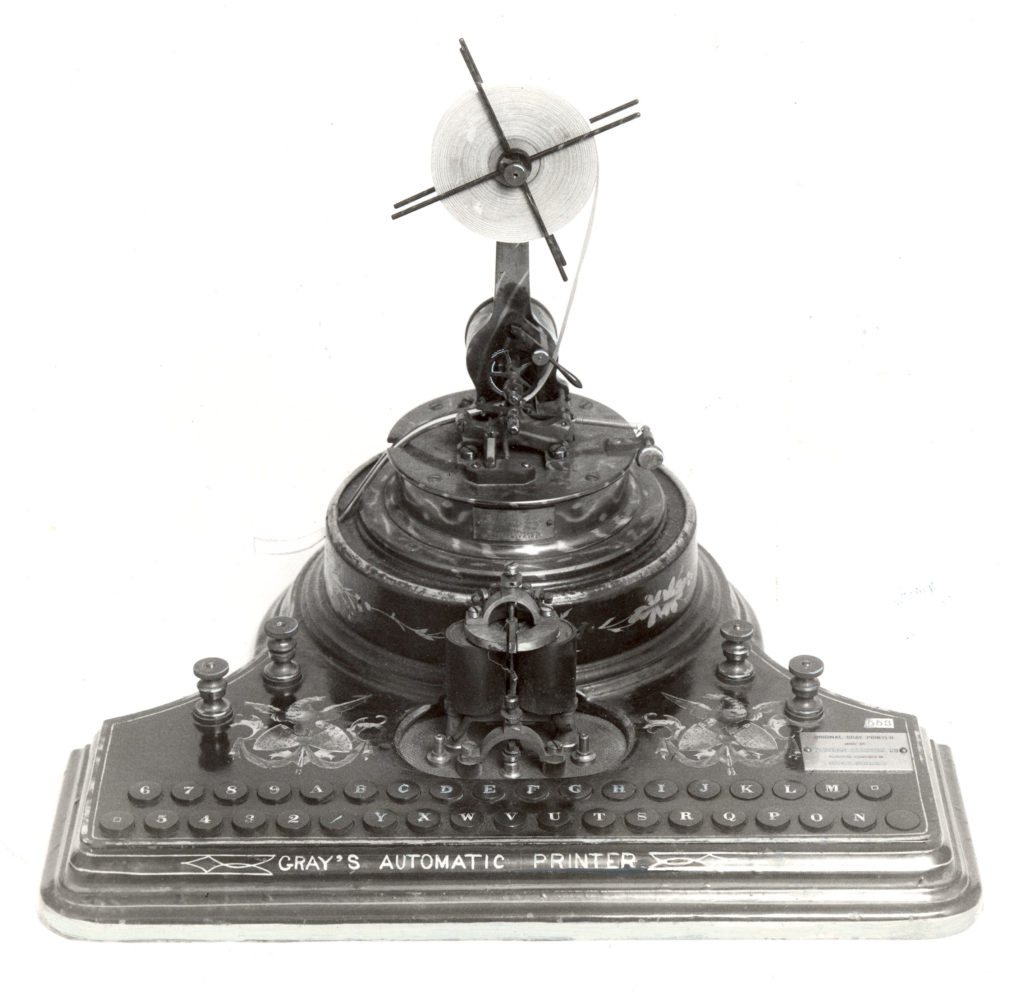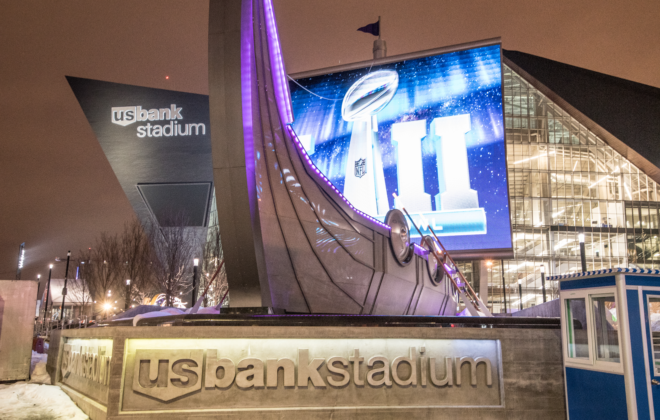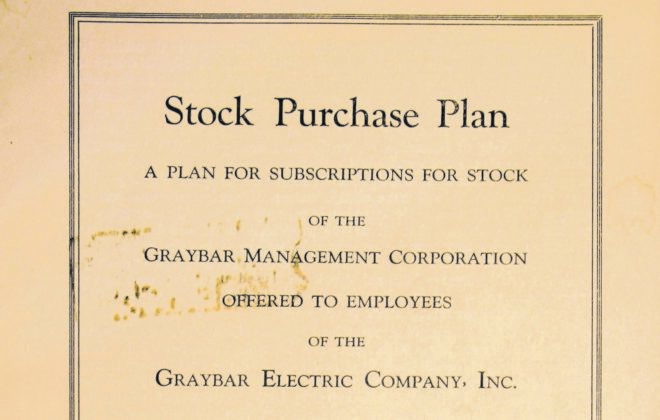Elisha Gray: The Inventor
(Part 3 of 4)
This is blog #3 of the Elisha Gray series. Read blogs #1 and #2 here.

In the early 1870’s, Gray began a series of experiments that would lead him into America’s most famous patent contest. With the growth of the nation’s telegraph system, an increasingly serious problem was that only one signal could be sent over one wire at a time. To satisfy exploding demand, telegraph companies were forced to string more and heavier cables. This was a clumsy and expensive way to expand capacity.
Gray was one of many researchers and inventors who were in a heated race to produce a practical way of sending multiple messages over a single wire. Such a device – a multiplexer – would dramatically expand system capacity and would be a huge commercial success. By 1875, Gray had succeeded with his basic research and had a working multiplexer.
A product of Gray’s multiplexer research was a device that transmitted sounds over a wire. He called the device a “harmonic telegraph.” Using it, Gray transmitted musical tones over a telegraph line from the company’s Chicago shop to Milwaukee and back again. This was not the same as being able to transmit the human voice over a wire, but it was a major step in that direction.
Gray and his attorneys prepared a “caveat” to file with the United States Patent Office. A caveat was a formal declaration of the inventor’s intention to protect his idea by filing – at a future date – a fully developed patent application.
Other inventors, of course, were also trying to create a device that would transmit the human voice. On St. Valentine’s Day, February 14, 1876, attorneys for Alexander Graham Bell filed a patent application. A few hours later that same day attorneys for Elisha Gray filed his caveat.
Both Bell’s application and Gray’s caveat illustrated devices that electrically transmitted sounds over a wire. Because of that similarity, the Patent Office invited Gray to file a patent application in place of his caveat so that interference could be declared between the two applications.
Gray sought advice from his patent attorney and his principal backer – the Western Union Telegraph Company. They suggested, and Gray agreed, that he should concentrate his energies on the telegraph multiplexer. So Gray declined the invitation. This decision not to take action on the caveat turned out to be the single biggest – and worst – decision of Gray’s career. By not acting on the Patent Office’s invitation, Gray allowed his caveat to be superseded by Bell’s patent application.
On March 7, 1876, Bell was issued patent number 174,465, often described as the greatest single patent ever issued.
During the next two years, the associates of both inventors, along with countless other tinkerers and experimenters, grasped the vast commercial possibilities of this device called the speaking telephone. One can only imagine what Gray must have felt as he saw this “by-product” of telegraphy become one of the monumental inventions of all time.
Western Union acquired Gray’s caveat, along with other related applications, and began manufacturing its own telephone equipment. Other electrical manufacturers were quick to enter the fray. This forced Bell to sue for patent infringement. Ultimately, 600 lawsuits were initiated by the Bell interests in a fight to maintain control of this lucrative new industry.
After raging in the lower courts for 10 years, and after several United States government investigations, in 1888 the issue finally came before the United States Supreme Court, which found for Bell by a vote of four to three.
As a sidelight to this story, consider a comment made by F.R. Wells, who was Enos Barton’s stenographer during this period. Wells wrote many letters from Barton To Gray, who was often away from the office. Wells was familiar with the personalities of both men. Regarding who was first to invent the telephone. Wells voiced this opinion in a letter he wrote in 1926: “If Gray had not been naturally rather indolent, he would have got there ahead of Bell.”
Nevertheless, if Gray felt disappointment over the telephone patent, it in no way dampened his enthusiasm for invention and new technology. Significant communications inventions, as well as the greatest financial success of his life marked Gray’s next 10 years.
Read Part 4 of the Elisha Gray series here.
This article was republished from the Spring 1994 Graybar Outlook magazine.



